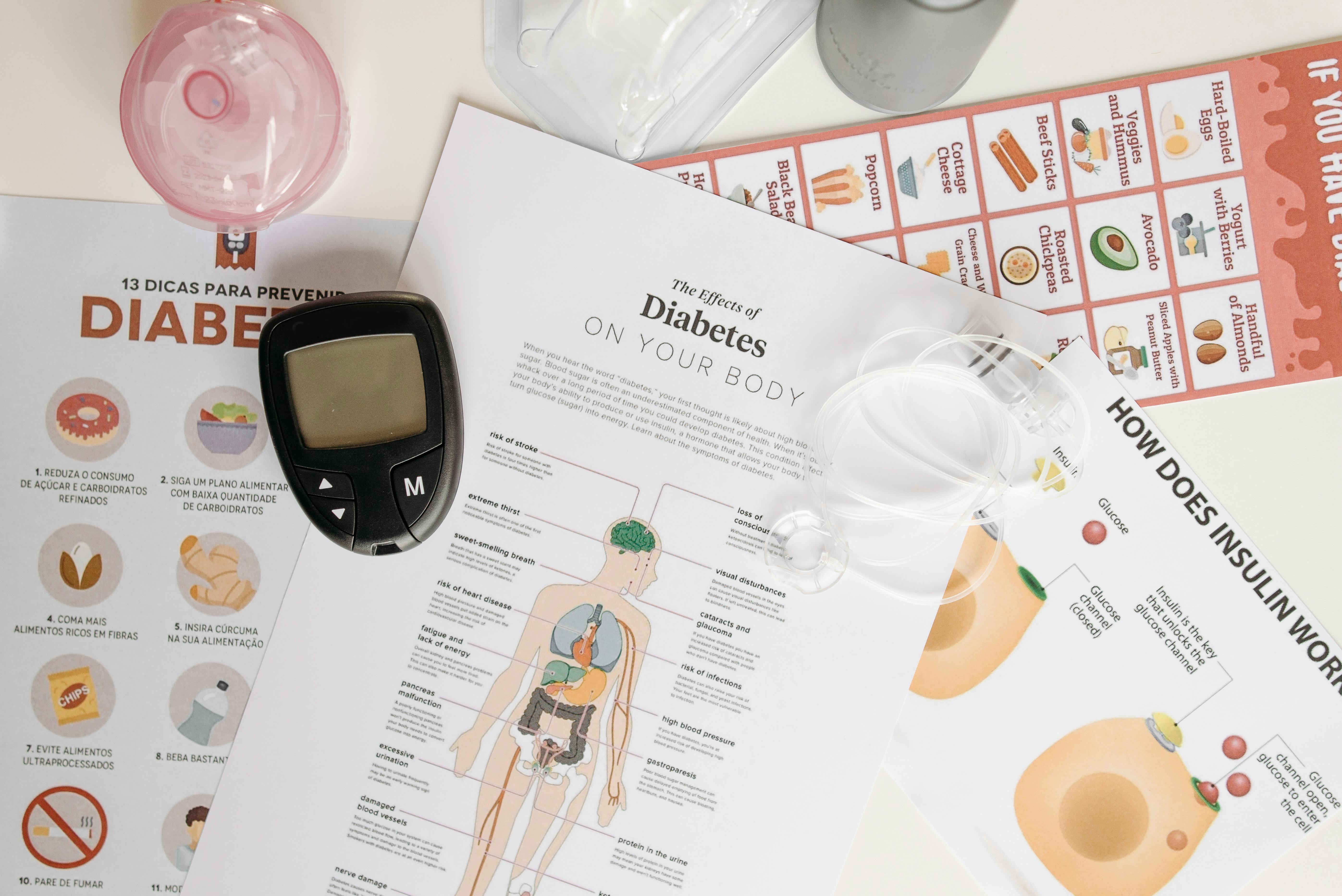Effective Ways to Manage a Bland Diet for Dogs in 2025: Improve Your Pet’s Health
Managing a bland diet for dogs is crucial for ensuring their digestive health, especially during recovery from gastrointestinal issues. A bland diet, often consisting of easily digestible foods, can significantly improve your dog's health when dealing with conditions like diarrhea or vomiting. In 2025, pet owners are increasingly recognizing the benefits of well-planned bland diets, especially when their furry friends need dietary adjustments due to sensitive stomachs or serious health concerns.
This article explores several effective strategies to manage a bland diet for dogs, focusing on simple and natural solutions like chicken and rice for dogs. We'll cover the recommended dietary management practices, essential ingredients, and meal preparation tips for creating homemade bland dog food. Furthermore, we'll discuss the signs that indicate a bland diet is necessary and how to monitor your dog's transition back to regular food.
Let’s dive into the world of bland diets for dogs, ensuring they maintain their health and vitality throughout their dietary journey.

Understanding the Benefits of a Bland Diet for Dogs
Before we embark on detailed ways to manage your dog's bland diet, it's essential to understand the numerous advantages it offers. A bland diet is often the first step in addressing stomach issues, providing relief and recovery for pets experiencing digestive disturbances.
Why a Bland Diet is Essential for Dog Health
Dogs can experience a range of digestive issues for various reasons, from dietary intolerance to eating something harmful. Introducing bland food options for dogs—like white rice for dogs and boiled chicken for dogs—can help soothe their stomach and reduce inflammation. This gentle approach often aids their recovery process, allowing them to gradually regain their appetite and normal eating habits.
Common Symptoms Indicating a Bland Diet is Needed
Pet owners should be attentive to signs that their dog may require a bland diet. Symptoms may include vomiting, diarrhea, lethargy, and a diminished appetite. Recognizing these symptoms early can lead to prompt dietary adjustments, aiding in quicker recovery and improved overall health. Consulting with a veterinarian can provide clarity on when to initiate a bland diet.
Recommended Duration for a Bland Diet
The period over which a dog should remain on a bland diet varies depending on the underlying issue. It's typically recommended to follow a bland diet for 3 to 5 days before reassessing your dog's condition. If symptoms persist beyond this timeframe, consult your veterinarian to explore further options.
Preparing Homemade Bland Diets for Dogs
Creating homemade bland diets for dogs not only allows you to tailor the ingredients but also ensures control over what your pet consumes. Easily digestible dog food can be prepared simply and effectively using kitchen staples.
Step-by-Step Process for Creating a Bland Diet
Preparation of a bland diet includes selecting safe ingredients. Cooking options like chicken broth for dogs combined with rice can create a soothing meal. Begin by boiling chicken without skin or bones and cooking white rice separately. Mixing the two in equal portions can yield a nourishing meal perfect for recovery.
Avoiding Harsh Ingredients in Bland Diets
During this period, seek to avoid harsh ingredients, seasoned foods, or additives that may irritate the stomach. Simple recipes can work wonders. For example, steering clear of fats and spices can prevent further gastrointestinal upset, ensuring your dog's comfort.
Portion Control and Feeding Guidelines
When managing your dog’s diet, portion control is vital. Feeding smaller, more frequent meals can aid in digestion and ensure your pet receives the nutrients they need without overwhelming their system.

Incorporating Vegetables into a Bland Diet
While meat and rice form the crux of bland diets, integrating vegetables can enhance nutrition while also being easy on the stomach. Specifically, carrots and sweet potatoes often work well due to their digestibility and nutrient content.
Best Bland Diet Recipes for Dogs
One can create various bland diet recipes to cater to dogs' different tastes. Simple mixtures like mashed sweet potatoes combined with mince chicken can serve as a comforting meal. Additionally, you can explore other methods of incorporating veggies like pureed squash, which are equally gentle on the dog's stomach.
Monitoring Your Dog's Health on a Bland Diet
Keeping an eye on your dog’s health while on a bland diet is crucial for ensuring they respond positively to the changes. Watch for signs of improvement, such as increased energy levels and a gradual return to normal bowel movements, which can indicate that the diet is effective and being digested well.
Transitioning Back to Regular Dog Food
Once your dog shows signs of recovery, transitioning back to a regular diet should be done gradually. This transition period allows your pet's digestive system to readjust to their usual food carefully.
Gradual Reintroduction of Regular Food
Start by mixing small amounts of their regular food with the bland diet over several days. Observe your dog’s reaction to ensure they handle the transition smoothly. If any symptoms re-emerge, it might be prudent to revert to the bland diet and consult your veterinarian.
When to Consult a Vet About Dietary Issues
If your pet's symptoms persist or worsen during the bland diet, it is essential to seek professional veterinary advice promptly. A veterinarian can provide insights into deeper underlying issues that a simple dietary change may not resolve.
Veterinarian Recommended Practices for a Bland Diet
Veterinarians often have guidelines for managing a bland diet effectively. These recommendations can include what to feed your dog when they are unwell and how to balance their nutritional needs during recovery.
Incorporating Hydration into Your Dog's Diet
Ensuring your dog is adequately hydrated while on a bland diet is vital, especially when they have experienced vomiting or diarrhea. Providing fresh water and incorporating broths can enhance hydration levels and provide additional nutrients.
Utilizing Supplements for Enhanced Recovery
Consider integrating natural remedies and supplements, like probiotics, to support gut health during this recovery period. Such additions can assist in restoring the microbiome balance post-dietary disturbances, thus promoting better overall health.
Conclusion: Keys to Successful Bland Diet Management
In summary, managing a bland diet for your dog can significantly impact their recovery from gastrointestinal issues, helping to improve digestive health. Prioritizing easily digestible ingredients, monitoring their progress, and adhering to veterinarian guidelines are essential components of your dietary management strategy. Always remain attentive to your dog's unique needs, as every pet may respond differently to dietary changes.
Engaging in open dialogue with your veterinarian can further solidify your approach and ensure the well-being of your furry friend. With the right strategies in place, transitioning to and from bland diets can be a smooth and beneficial experience for both you and your dog.
For more information on dog nutrition and health, consider visiting this resource and exploring further articles on dog dietary needs.
